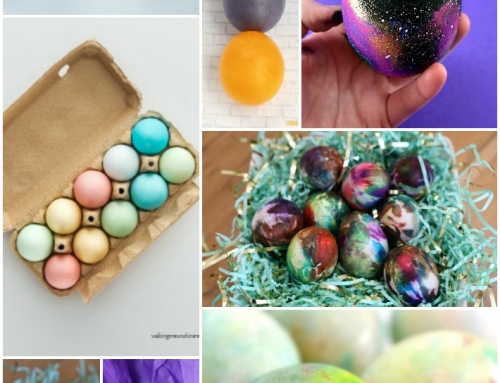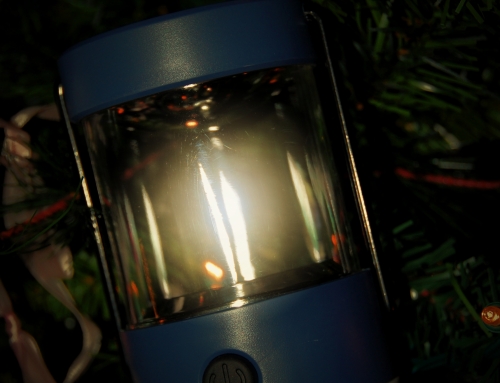In my quest to be a better parent, I am always looking for cleaners that are safer around my children. A week or so ago, Maria contacted me and peaked my interest in homemade cleaners for my home! I was thrilled that she wanted to guest post so that all of my readers could have access to these economical and safer cleaners as well! Please enjoy and share with your friends!
********************
Maria Rainier is a freelance writer and blog junkie. She is currently a resident blogger at The Online Degrees Site, where recently she’s been researching different social work degrees and blogging about student life. In her spare time, she enjoys square-foot gardening, swimming, and avoiding her laptop.
Green Cleaning Recipes
By Maria Rainier
We all want the best for our kids—that’s why we keep the house as pristine as possible with antibacterial soaps, bleach, roach bombs, and pesticides. In this scenario, however, we are fighting fire with fire, replacing one evil with another. For example, did you know that ingredients in everyday cleaners like air fresheners, all-purpose sprays, and glass cleaners have been linked with health disorders like asthma and even cancer? These ingredients include (and for whatever commercial reason, are perfectly legal in the United States) carcinogens, neurotoxins, mutagens, teratogens, and endocrine and hormone disruptors. Although adults are prone to these complications, too, children are even more so.
Imagine the toxins from which you’d be protecting your children if only you had safer cleaning products. While green cleaners do exist (Seventh Generation is a reliable brand), some of them tend to be more expensive than the ones with which we’re more familiar. With these recipes for various cleaners (made from ingredients you probably already have in your kitchen), you can save money, the planet, and your children. You might even be able to save time—have the kids help you out during the next cleaning day!
For the Kitchen
Disinfectant: Rather than bleach, combine 2 cups of water, 3 tablespoons of liquid soap (vegetable castile soaps come in different scents and are available at most grocery stores), and 20 to 30 drops of tea tree oil (a natural antiseptic).
For stains, mildew, and grease streaks on metal or tile surfaces: Spray or cover with lemon juice or vinegar (either white or apple cider, not balsamic!). Let it sit for a couple of minutes and scrub with a brush or the lemon from which you squeezed the juice. You can do the same by sprinkling baking soda on the stain and scrubbing with a lemon.
For countertops: Sprinkle baking soda and wipe down with a damp towel or sponge. If you have stubborn stains, combine a drop or two of water with the baking soda so it forms a paste and leave it on the stain for a few minutes, wiping away later.
For ovens: Make a paste with baking soda and water and cover the inside of your oven with it. Leave it overnight and scrub off the next morning.
For clogged drains: Pour ½ cup of baking soda into the drain and let it sit until 2 cups of water you put on the stove starts boiling. Pour the water into the drain. If that doesn’t do it, chase the baking soda with ½ cup of white or apple cider vinegar and then with boiling water.
For Windows and Mirrors
Combine 2 tablespoons of white vinegar with a gallon of water; fill a spray bottle with it. Spray and scrub with old newspapers, since paper towels tend to leave streaks. You can substitute the vinegar with lemon juice or club soda (although the vinegar won’t smell after it dries).
For Carpets and Floors
For very recent spills: Remove any solids and then cover the mess with club soda, blotting with a towel or rag. The carbonation brings stains to the surface to make it easier to clean up.
For big spills: Cover the mess with cornmeal (really) and then vacuum it up after 15 minutes.
For spots: Put ¼ cup of liquid castile soap and 1/3 cup of water in a spray bottle and shake. Spray the spot, and rinse with white vinegar. Blot thoroughly.
For stink: If you carpet has been smelling funky lately, sprinkle baking soda all over it (1 cup should suffice for a medium-sized room) and vacuum after half an hour or longer.
For wooden floors: Put ¼ cup of white vinegar and 30 ounces of warm water in a spray bottle, shake up, and spray on a soft rag or towel until damp but not dripping. Now, get on your hands and knees and start scrubbing. Alternatively, you can soak your mop in the solution as long as it’s not sopping wet.







Awesome post, Maria! I like your ideas for green cleaning! I understand you completely, as a mother, I also went through many many obstacles ’till I found natural cleaning. I had to read more than ever before, I almost became a biologist and a chemist! But I’m glad I know many details about cleaning ingredients. For me, the best green cleaning ingredients are; baking soda, vinegar and lemon juice. A few combination and some optional ingredients and we have a variety of products for keeping our house clean. Thank you for sharing your experience and nice tips! Greets!